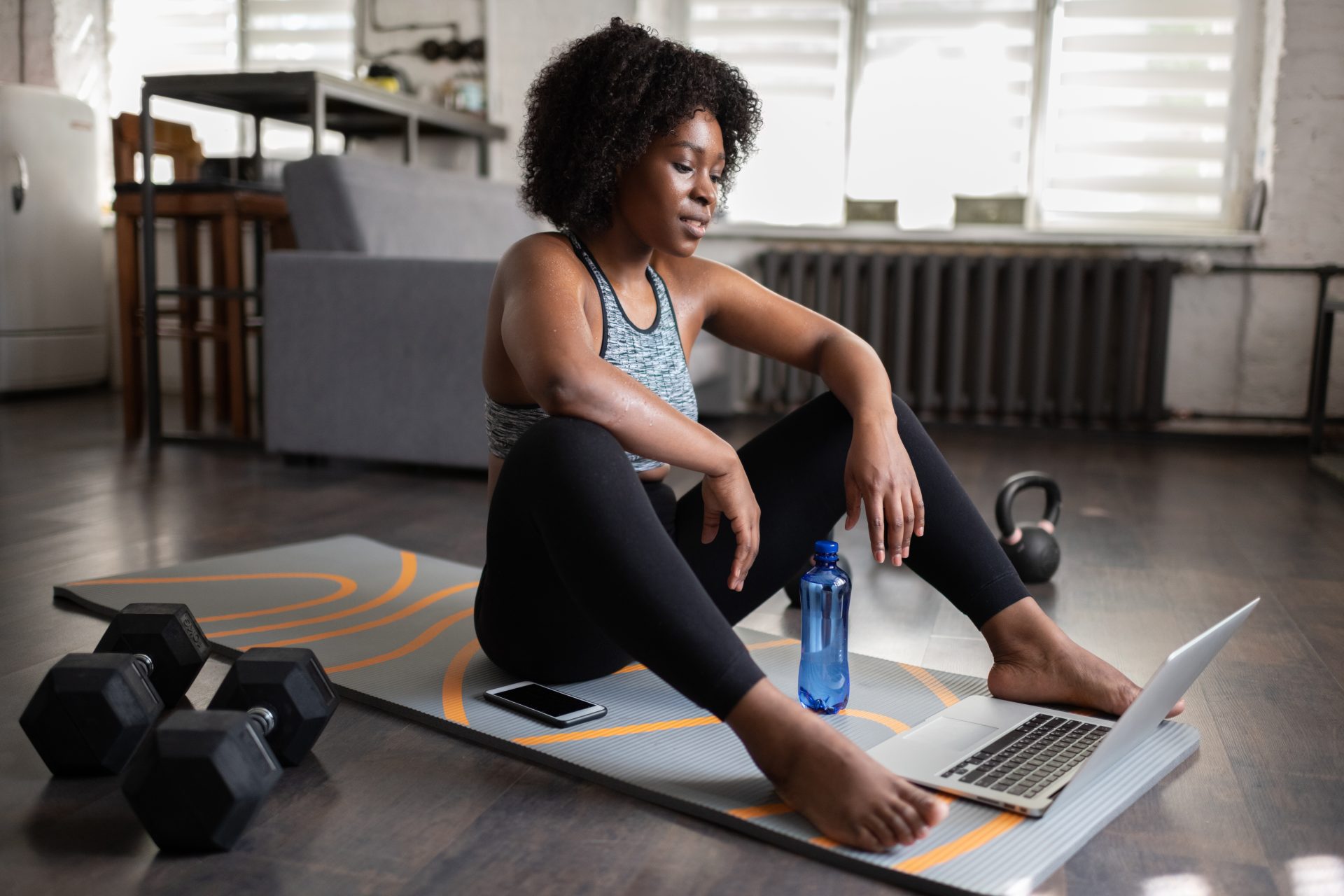Post-workout muscle soreness is a common complaint. But is it really a sign of a good workout?
I have a controversial opinion to share. You know the post-workout muscle pain that sees you groan a little every time you get out of your chair? Yeah, I like it. I’m not talking about the kind of muscle pain that’s so bad you can barely get out of bed or stiffness that makes nodding during your morning Zoom call agony, but a little bit of delayed onset muscle soreness (DOMS) makes me feel pretty good.
Perhaps what I really mean is it makes me feel smug. While DOMS is not a sign of how hard you worked (even the toughest workout sometimes won’t leave behind sore muscles), feeling a little bit achy the next day is a great reminder that my body has done something pretty impressive.
You may also like
DOMS: Everything you need to know about Delayed-Onset Muscle Soreness
But, for me, DOMS is also a great reminder that it’s time to rest and recover. Not only because I physically can’t put my body through a tough workout when I’m feeling sore, but because it triggers my brain to remember to take some vital self-care steps: to drink lots of water, eat lots of food and do some gentle stretching.
I guess it’s mainly a satisfaction thing – my body’s way of saying “great job, Chlo” and dully congratulating me every time I bend to sit down at my desk. But over the past few weeks, I’ve felt a little… unsatisfied. You see, since going back to home workouts, I haven’t been waking up reminded of my hard work the day before.

I’m still walking away from at-home leg sessions looking like Bambi and collapsing onto my mat after a set of press-ups in my kitchen. Basically, my training still feels hard while I’m doing it. But having swapped barbell squats and chest press for higher rep workouts with just two kg dumbbells isn’t giving me long term soreness.
“DOMS are triggered by physical stress on the body that is more than your body is used to personally,” says Gee Robson, head trainer from fitness studio UN1T. Essentially, my body knows how to recover from the much lighter stimulus I’m giving it.
But I have been changing up the intensity of my workouts, going from five reps of heavy squats to 15 reps of lighter ones, I tell Gee. They say that “generally, it’s the excessive weight that your body isn’t used to moving that really breaks down the muscle tissue and causes DOMS. Unless you are really pushing for 20, 30 or 40 reps with lighter weight or bodyweight stuff, it probably won’t fatigue the muscles to the same intensity as lifting 80% of your max weight in the gym.”
You may also like
The benefits of strength training with light weights during home workouts
It is usually the eccentric phase of an exercise that results in DOMS. That’s the lowering or lengthening action: the straightening of your arm in a bicep curl, the downward motion of your hips in a squat, the tensing of your thigh when running downhill. If the body is used to this motion, Gee explains, then the body will recover more easily from it.
That is why the answer to upping the intensity of training is so often to increase tempo and time under tension, making your muscles lengthen for longer to really challenge them. So, if I’m not getting DOMS because I am simply not challenging my muscles in unfamiliar ways (which, based on my lack of motivation for home workouts, is potentially the case) then I should “find ways of moving that your body isn’t used to,” says Gee. “If you’re used to doing certain sets of exercises for a certain amount of time, try different exercises and move in different planes of motion.” For example, add in elevations during lunges, or try a lateral lunge rather than simply moving forwards and backwards.
You may also like
What is isometric exercise? Fitness trainers explain the benefits of static training
But before I run off to up the intensity of my training, Gee has a caveat. DOMS is not something we should be chasing, she says. “If we were getting DOMS after every session, our intensity would be too high, our recovery would start to suffer and we won’t be able to train as much or as well over longer periods of time. If you’re getting to the point where your workouts just feel easy then you might want to push yourself more, but a workout that doesn’t end in DOMS isn’t a bad workout,” she says.
In fact, the fact that I’m not getting DOMS might be nothing to do with my training and everything to do with the fact that I’m sleeping well, eating right, reducing my stress levels and stretching regularly. I that case, a lack of DOMS is actually a good thing.
“If you want to amp up your training, try setting yourself some goals and sticking with them,” advises Gee. “But most importantly, remember that exercise has other benefits other than just muscle fatigue. You’ll be getting your heart rate up, keeping up your strength, working on endurance, and you’ll be using exercise to make yourself feel better mentally.”
Follow @StrongWomenUK on Instagram for the latest workouts, delicious recipes and motivation from your favourite fitness experts.
Images: Getty
Source: Read Full Article